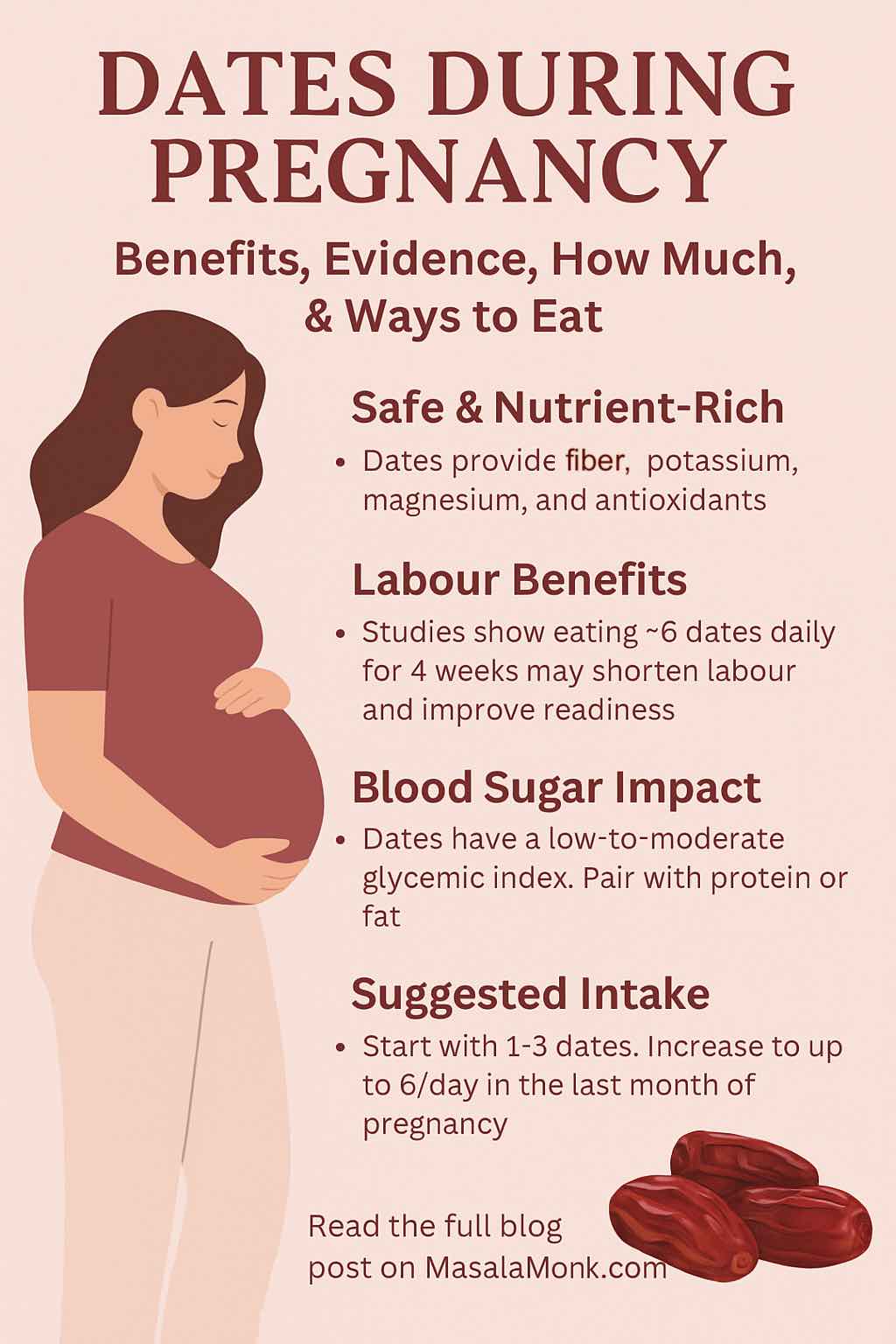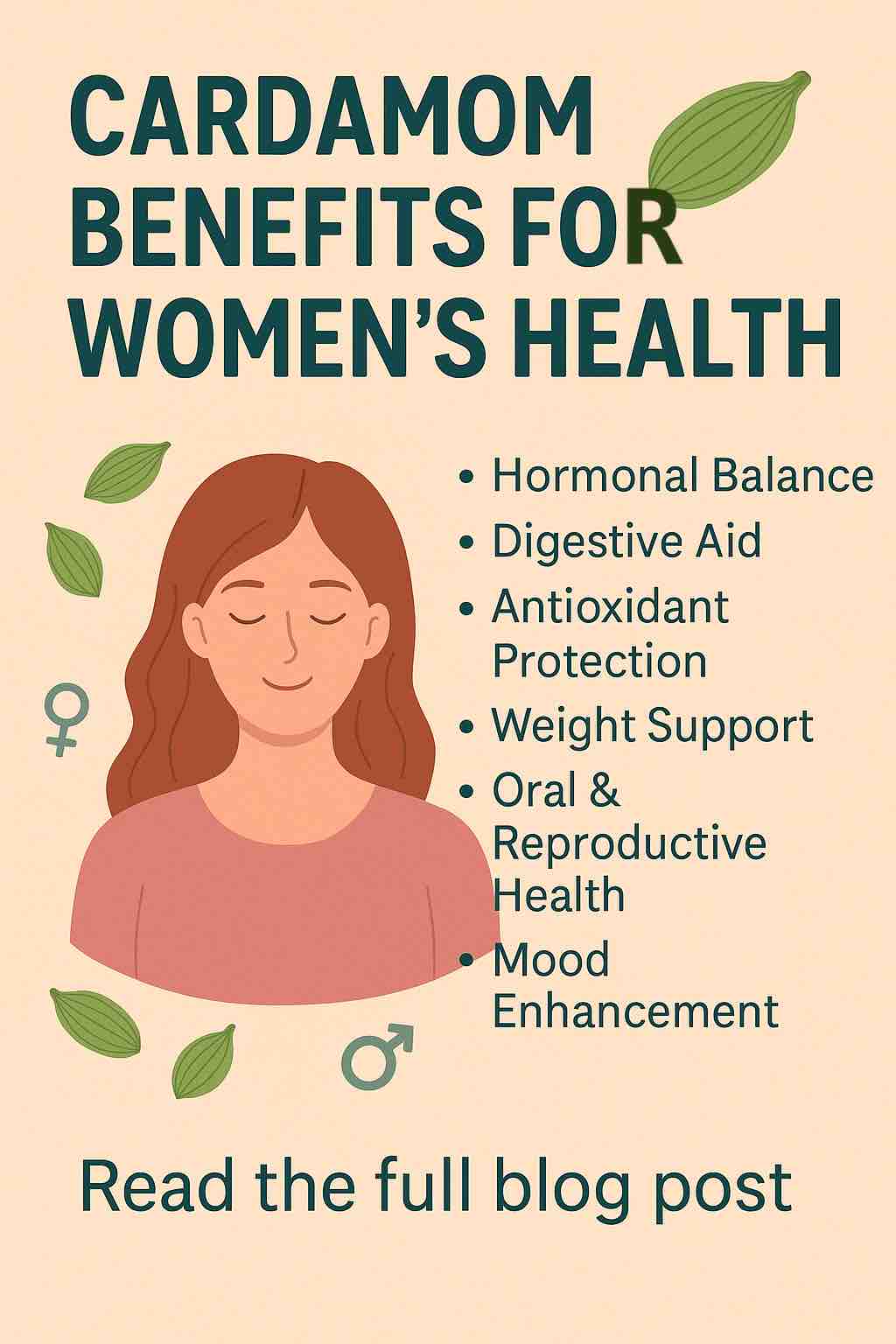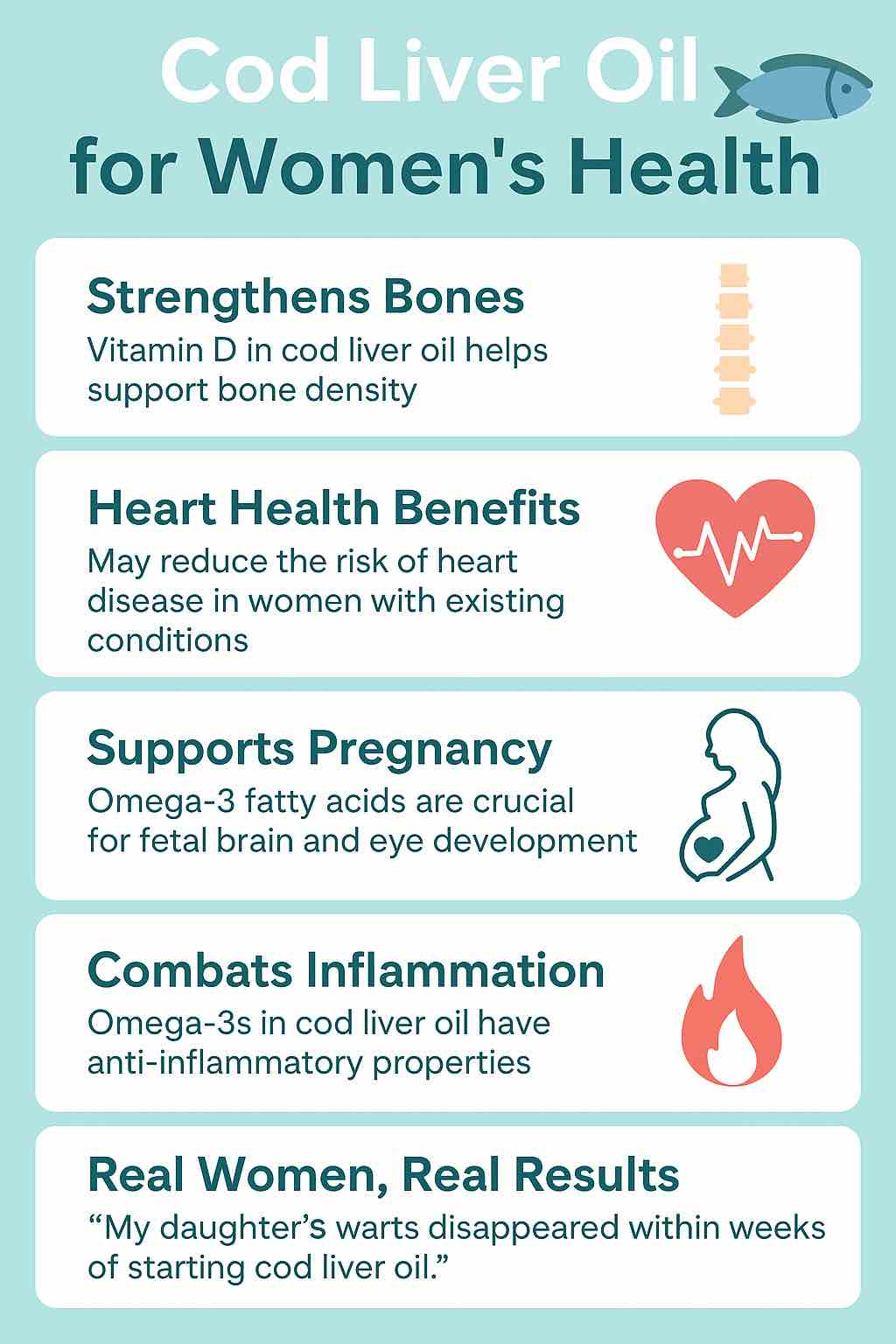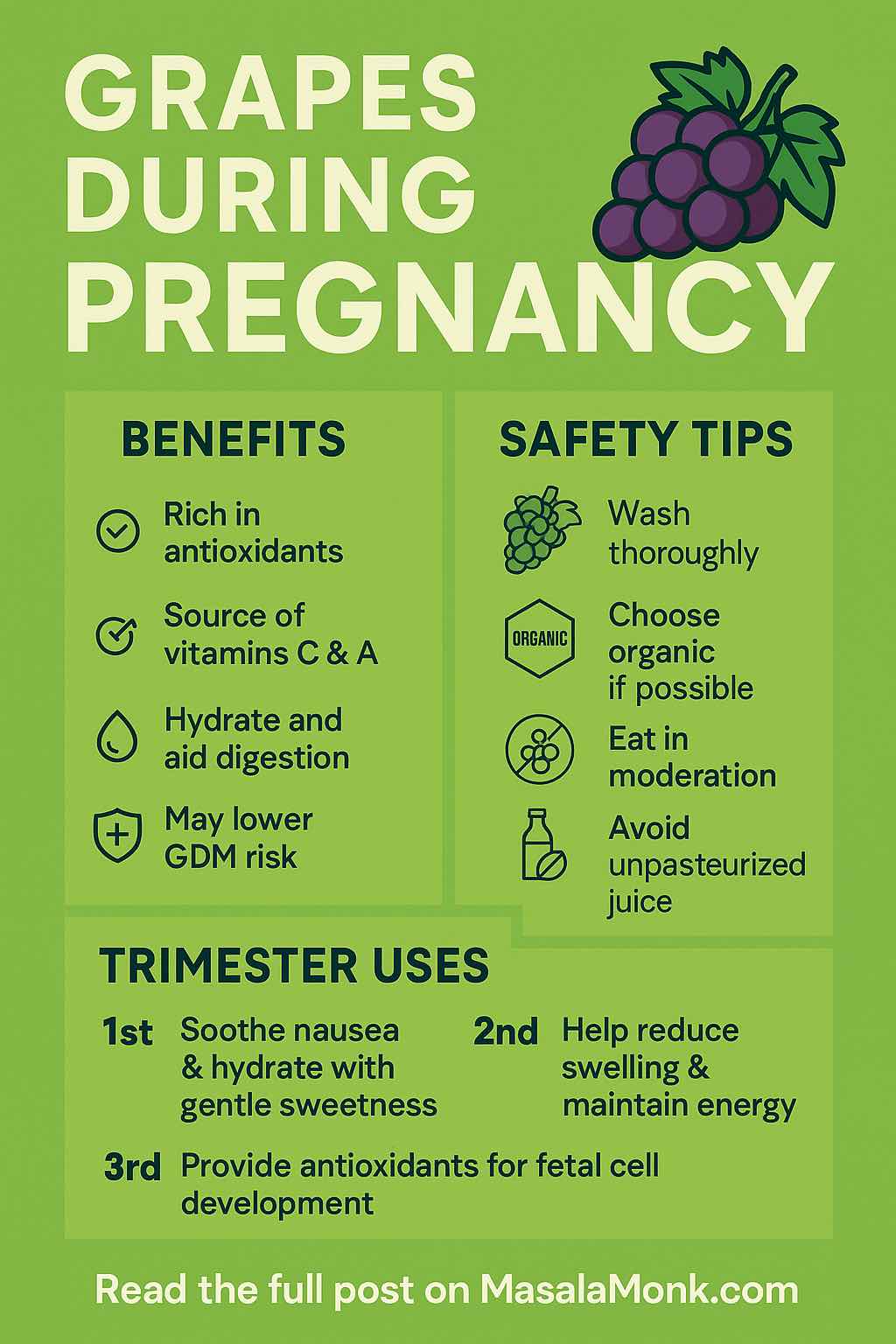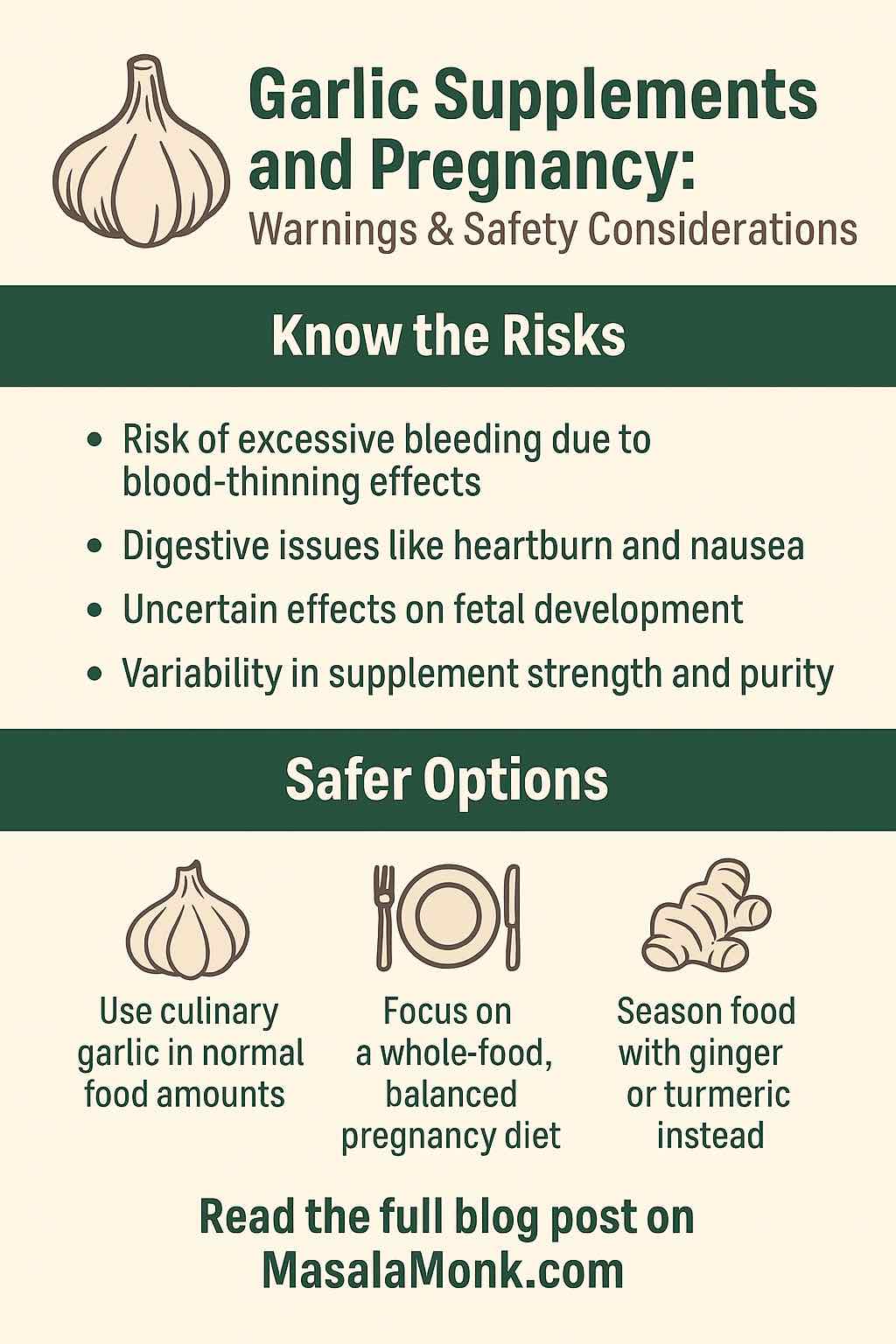
Garlic has been celebrated for centuries as a flavorful seasoning and a natural health booster. From heart health to immune support, this pungent bulb has earned a solid reputation in wellness circles.
But when you’re pregnant, every food choice feels a little more complicated — and the stakes are higher. While a sprinkle of garlic in your curry or pasta is usually fine, garlic supplements are a completely different story.
In this guide, we’ll break down what the science says, where the risks lie, and how to safely enjoy garlic during pregnancy without crossing into dangerous territory.
Why Garlic Supplements Are Different from Culinary Garlic
When you eat garlic as part of a meal, you’re consuming it in small, food-level doses. Garlic supplements, on the other hand, can deliver the equivalent of several raw cloves in one concentrated pill or capsule.
That difference matters — especially during pregnancy — because:
- High doses can thin the blood and increase the risk of bleeding.
- Potency varies depending on supplement preparation (aged extract, powder, oil macerate), making dosage unpredictable.
- Supplements may contain additional compounds or fillers that aren’t pregnancy-tested.
For everyday cooking safety tips, check our detailed guide on Is It Safe to Eat Garlic During Pregnancy? — it focuses on culinary garlic rather than pills.
Also Read: 5 Protein-Packed Smoothies for Pregnancy with Peanut Butter and Chia Seeds
The Latest Research: Garlic and Pregnancy
Recent studies highlight some potential benefits of garlic during pregnancy — but only from dietary amounts, not supplements:
- May support healthy blood pressure: Garlic compounds like allicin can help relax blood vessels, but high doses can be risky when combined with prenatal blood pressure medications.
- Possible immune boost: Mild antimicrobial effects could help fight minor infections, though evidence is limited in pregnant populations.
- Potential role in reducing pre-eclampsia risk: A small number of studies have suggested garlic may improve certain blood markers, but the results are preliminary and not conclusive.
The takeaway? These benefits were linked to garlic in food form, not from taking capsules at high concentrations.
Also Read: Folate-Fortified Drinks for Pregnancy: 5 Non-Alcoholic Mocktails
Known Risks of Garlic Supplements During Pregnancy
If you’re pregnant, here are the biggest safety concerns with garlic supplements:
1. Bleeding Risk
Garlic naturally thins the blood, which in high doses can:
- Increase bruising
- Lead to excessive bleeding during labor or surgery (including C-sections)
- Interact with medications like aspirin or anticoagulants
2. Digestive Upset
Concentrated garlic can cause heartburn, nausea, bloating, and diarrhea — all of which can be more uncomfortable during pregnancy.
3. Unknown Effects on the Baby
No large-scale studies have tested garlic supplements on pregnant women. Without this data, the safety profile is uncertain.
4. Supplement Quality Concerns
Unlike food, supplements are not always tightly regulated. Purity, dosage, and contamination with heavy metals or other herbs can vary widely between brands.
Also Read: Morning Sickness in Pregnancy: 5 Vitamin B6-Rich Snack Ideas
When Garlic Supplements Might Be Used
There are rare scenarios where a doctor or midwife may recommend a garlic supplement — such as in certain cardiovascular conditions — but this is always under medical supervision.
If you think you might need one, your healthcare provider should:
- Review your full medical history
- Adjust doses based on trimester and weight
- Monitor for side effects
Never self-prescribe a garlic supplement during pregnancy.
Also Read: Nutrition for Pregnancy: 5 Omega-Rich Chia and Avocado Meals
Safer Alternatives to Garlic Supplements
If your goal is to enjoy garlic’s flavor and mild health benefits without the risks of concentrated supplements, here’s what you can do instead:
- Add fresh or roasted garlic to meals — Flavorful, nutrient-rich, and safe in normal cooking amounts.
- Combine garlic with other pregnancy-friendly superfoods. See our Safe Eating During Pregnancy guide for inspiration.
- Try herbal seasonings like ginger, turmeric, or parsley for added variety and benefits — check our Is It Safe to Eat Turmeric During Pregnancy? post for details.
A Whole-Food First Approach
Pregnancy nutrition should always focus on whole foods first — not pills — unless prescribed by your doctor. The safest way to get garlic’s natural benefits is in the same way it’s been enjoyed for centuries: as a seasoning in healthy, balanced meals.
For more ideas, explore our Introduction to Pregnancy Nutrition — it covers the building blocks of a safe, nutrient-dense diet.
Key Takeaways
- Culinary garlic is generally safe in pregnancy when used in normal cooking amounts.
- Garlic supplements are high-risk because of their potency, unpredictable dosage, and possible side effects.
- Always consult your healthcare provider before adding any supplement to your prenatal routine.
- Focus on flavor and whole-food nutrients first, supplementing only when medically necessary.
FAQs
1. Can I take garlic supplements while pregnant?
It’s best to avoid garlic supplements during pregnancy unless prescribed by your doctor, as they can thin the blood and cause other complications.
2. Are garlic supplements safe in the first trimester?
Safety data is lacking, but high doses early in pregnancy may increase bleeding risk and worsen nausea or heartburn.
3. Can garlic supplements help prevent pre-eclampsia?
Some studies suggest dietary garlic may help, but there’s no strong evidence for supplements. Always consult your healthcare provider first.
4. What’s the difference between garlic in food and garlic supplements?
Culinary garlic is consumed in small amounts with food, while supplements deliver concentrated doses, increasing potential risks.
5. Do garlic supplements affect labor?
High-dose garlic can increase bleeding risk during delivery, especially in C-sections or if you have a tear.
6. Are garlic oil capsules safe in pregnancy?
Garlic oil is highly concentrated and should only be taken if recommended by a doctor.
7. Can garlic supplements cause miscarriage?
No conclusive evidence links garlic supplements to miscarriage, but their blood-thinning properties make them risky without medical supervision.
8. What side effects can garlic supplements cause during pregnancy?
Possible side effects include nausea, diarrhea, heartburn, dizziness, and increased bleeding risk.
9. Are there natural alternatives to garlic supplements in pregnancy?
Yes — fresh or cooked garlic in meals offers flavor and mild benefits without concentrated risks.
10. How much garlic is safe during pregnancy?
Culinary amounts — about 1–2 cloves per day in meals — are generally safe. Supplements should be avoided unless medically necessary.

